Table of contents
Art and culture is an important, yet overlooked topic in UPSC prelims.
Art forms such as paintings, martial arts, dance etc. must be learnt in pictorial form for better retention.
The UPSC CSE has featured interdisciplinary aspects in its examination which makes art and culture very important.
Below are a few art forms in news and their explanation for in depth understanding.
Vajra Mushti Kalaga - Karnataka
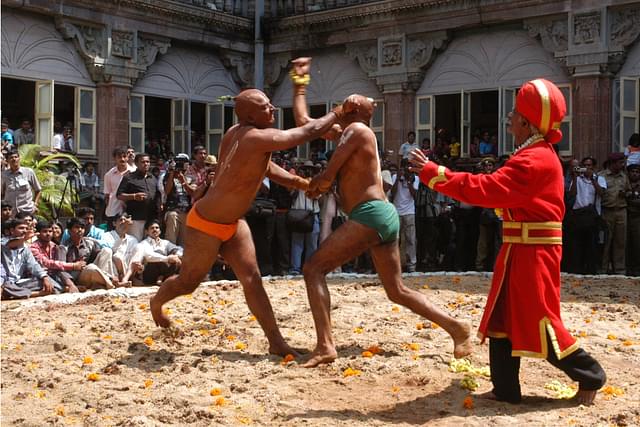
WHY IN NEWS?
Efforts are on to revive the Vajra Mushti Kalaga, a martial art form that has gone extinct and performed only during Dasara.
- It is a martial art that involves hand-to-hand combat, such as grappling, striking, and wrestling.
- Vajra Mushti means "Thunderbolt Fist" in the literal sense, which involves using a knuckle duster, a small metal weapon made of animal horns.
- The martial art involves neutralizing the opponent by counter-attacking the weapon.
- The wrestler drawing the first blood of the opponent becomes the winner.
Medieval Portuguese travellers have written accounts about this wrestling, which was done during the Navratri celebrations.
- This wrestling was popular during the Vijayanagar empire in the 14th and the 17th centuries.
Panamalai Paintings - Tamil Nadu

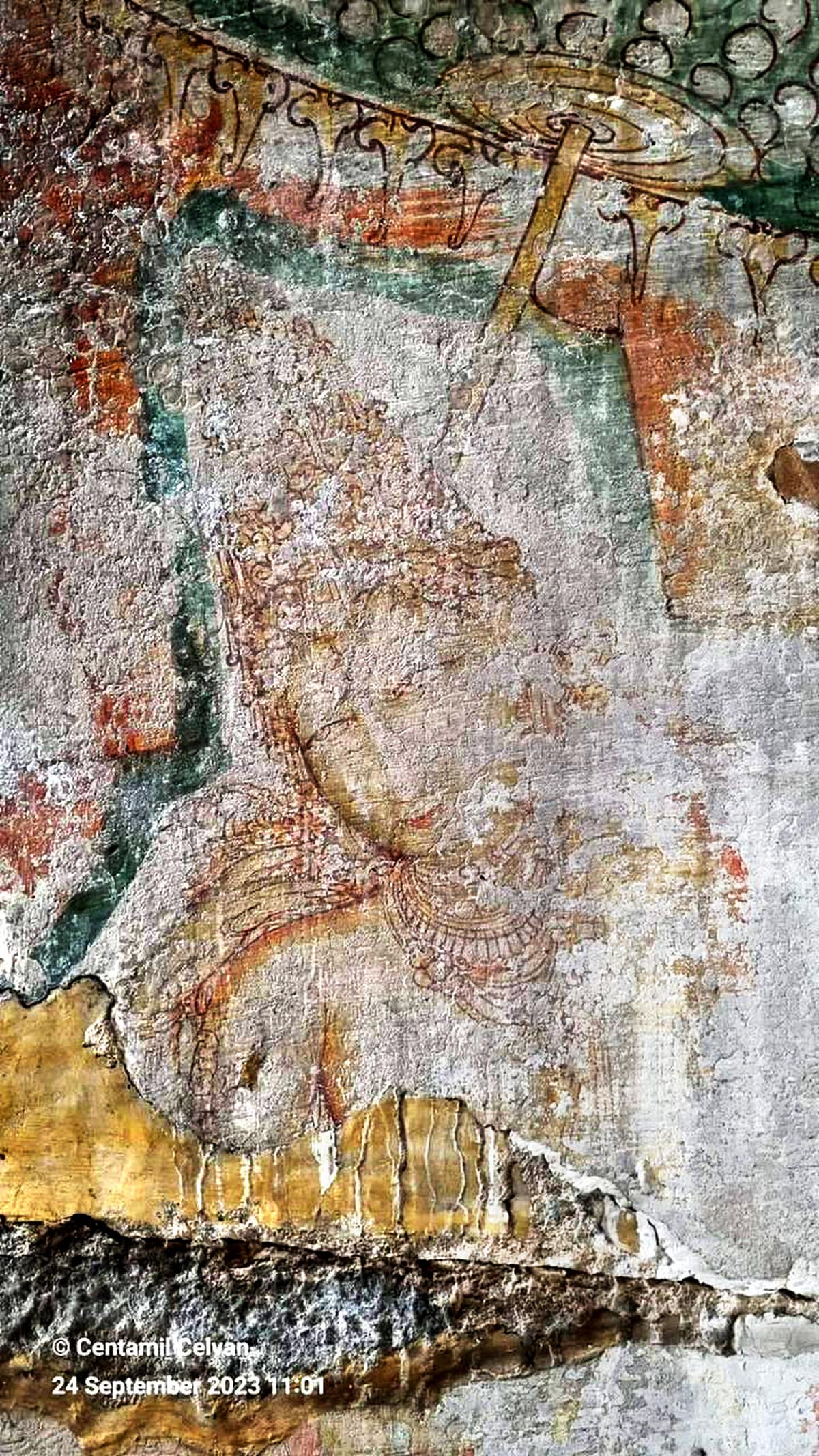
WHY IN NEWS?
They are 1,300-year-old Pallava period paintings at the Talagirishwara temple in Villupuram district.
- They are in need to conservation as the panel with dance of Lord Shiva has almost faded and the face of goddess Parvathi remains now along with few other patches.
- The paintings depict animals, trees, birds and flowers, connecting indigenous communities with their natural environment.
- They also delve into mythological stories and spiritual beliefs with insights into the tribe's view of cosmology.
Cheriyal Scroll Paintings - Telangana

WHY IN NEWS?
A Cheriyal scroll painting is among the gifts that the spouses of heads of state will receive during the upcoming G20 Summit.
- Cheriyal scroll painting belongs to the rich cultural heritage of Telangana and its Nakashi community.
- It is a traditional form of storytelling art used especially during performances of shadow puppetry theater called "Tholu Bommalata".
- It is done on scrolls made of khadi cloth or paper by using natural pigments and dyes.
- It depicts mythological, historical and folk narratives with themes like Ramayana, Puranas, Mahabharata and local folklore.
Bagh Print - Madhya Pradesh
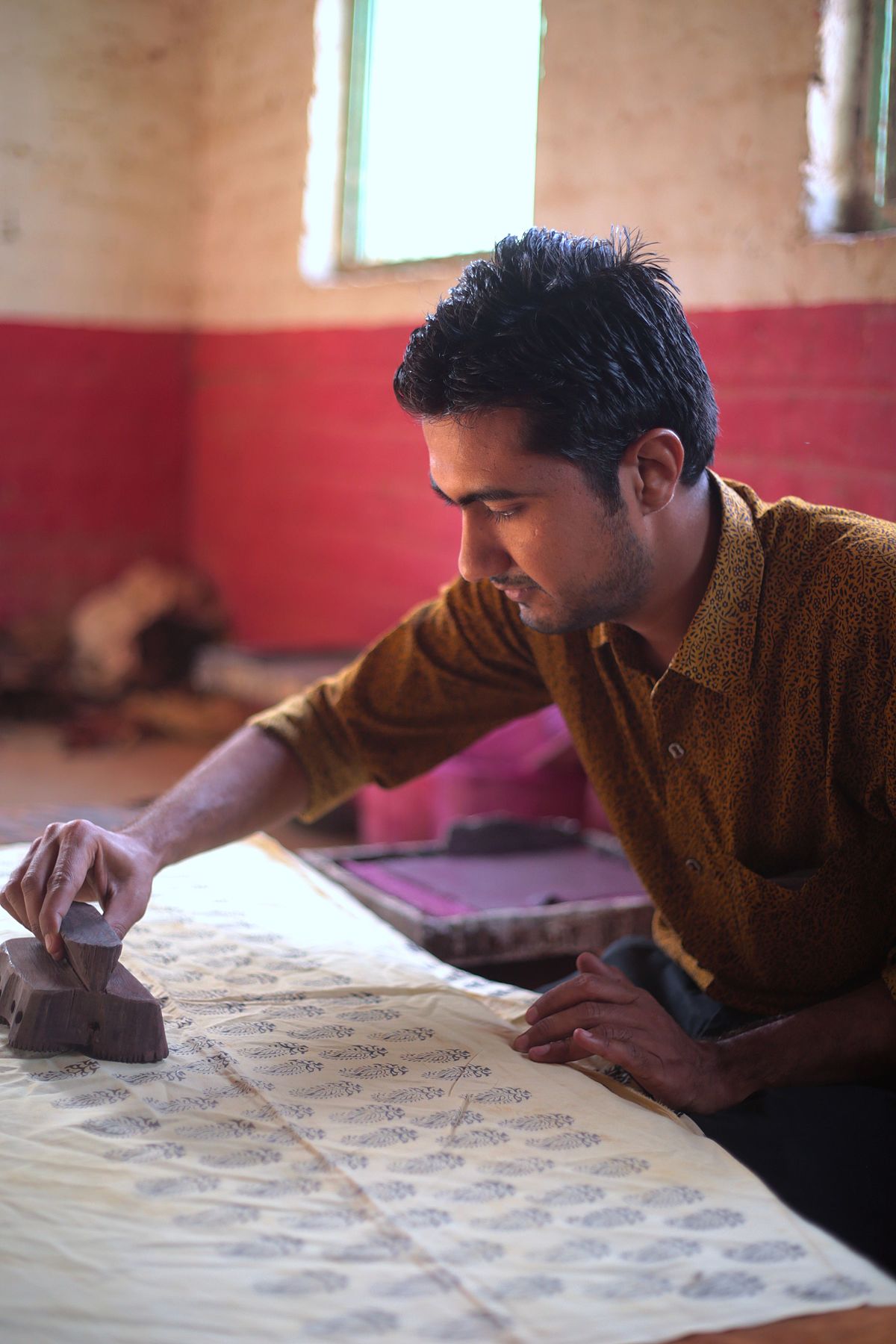
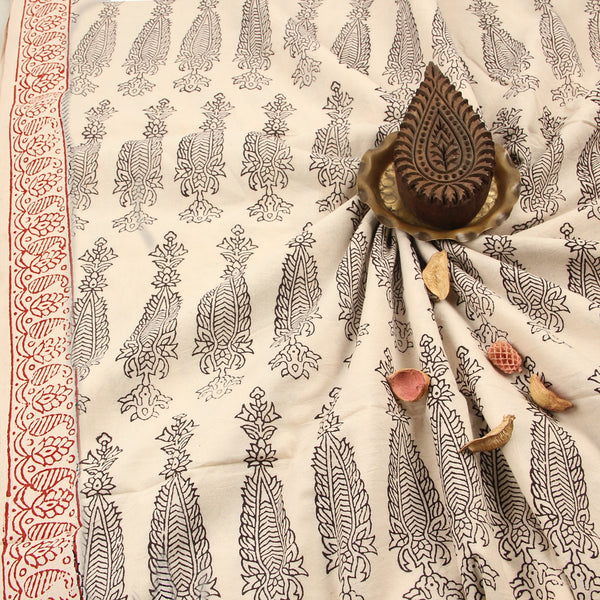
WHY IN NEWS?
Madhya Pradesh women take training to make Bagh print bags under the ‘Safe Tourist Places project’.
- Bagh prints owe their origin to the village Bagh on the banks of the Bagh River which is located in Dhar district, Madhya Pradesh.
- The prints are made on cotton and silk cloth, but other variants like bamboo chicks, cotton rugs, Kosa silk, chiffon etc are also used.
- It is a 1000-year-old wooden hand-block print believed to be started by the Muslim Khatri community during the Indus Valley civilization.
- The unique art form is obtained by weaving and hand block printing by use of geometric designs, red and black natural colors and an outcome of the chemical properties of the river.
We can't clear UPSC for you.
But with our personalised mentor support, you'll be ready to do it yourself.
Garba Dance - Gujarat
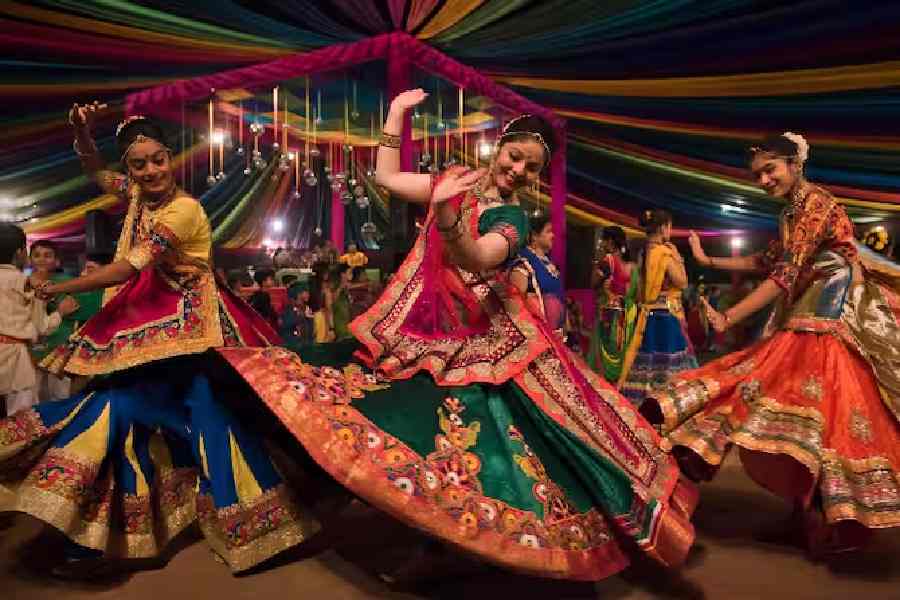
WHY IN NEWS?
‘Garba of Gujarat' makes it to the List of Intangible Cultural Heritage by UNESCO.
- Garba is derived from the Sanskrit word meaning womb which symbolizes gestation, life, and fertility.
- Dancers honor the feminine divinity like Goddess Durga.
- It is performed in circular formations signaling the cyclical nature of time.
- Garba has been influenced by Dandiya Raas which is traditionally performed by men.
Pichwai Painting - Rajasthan
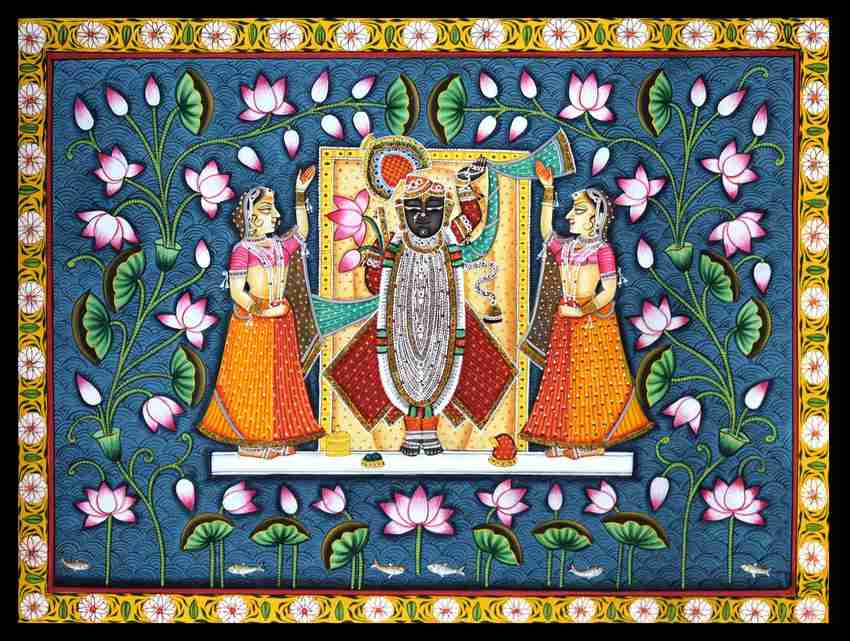
WHY IN NEWS?
Chennai’s Collage is hosting an art exhibition showcasing Pichwai paintings.
- Pichwai art originated in the town of Nathdwara near Udaipur, painted on cloth like khadi.
- The word Pichwai originates from the Sanskrit words, ‘pitch’ meaning back and ‘wais’ meaning hanging.
- It uses stone pigments for gold and silver tones and vegetable dyes for vibrant colors.
- The paintings usually depicts Lord Krishna and related stories which are executed in the miniature style.
- The paintings are also filled with intricate details like flowers, animals, and geometric patterns.
Cham Lama Dance - Ladakh
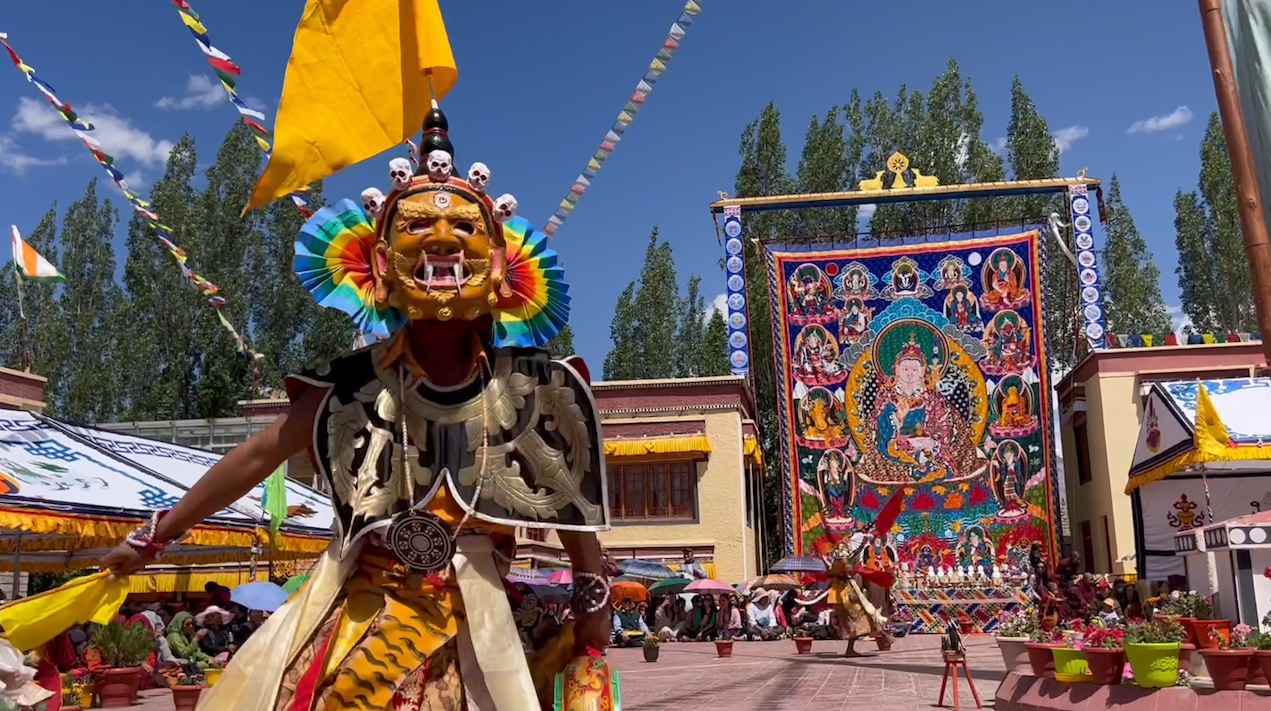
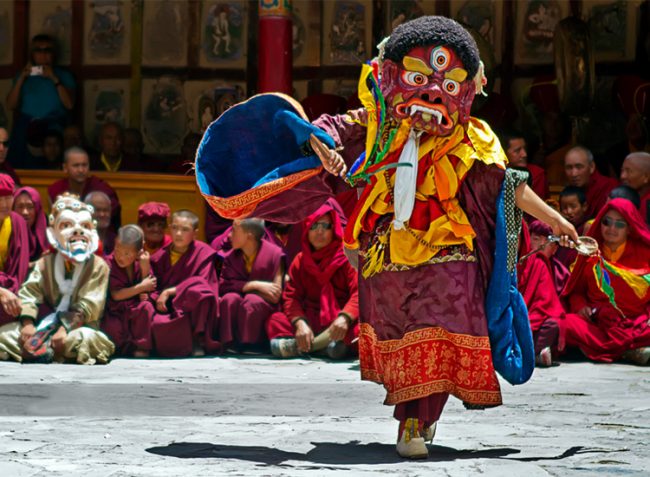
WHY IN NEWS?
Cham Dance is a famous masked dance from Ladakh which is the major attraction of the festival.
- The Cham Lama dance is a mask and costume dance associated with few sects of Tibetan Buddhism and performed during Hemis Festival.
- Also known as the God Dance, it is a colorful and intimate dance performed by Buddhist monks.
- Having a religious meaning, only monks and lamas are allowed to perform it by impersonating the deities.
- It is also called ‘devil dance’ as Tibetans believe in reincarnation and they perceive death as an important step for a new life and enlightenment.
- The central subject of dance is prayer to Buddha for subduing demons.
It is also performed on Tsechu Festival which is the yearly spiritual festival carried out in many monasteries in Ladakh. It is said to bring good luck to the people viewing this dance.
Pulikali – Kerala


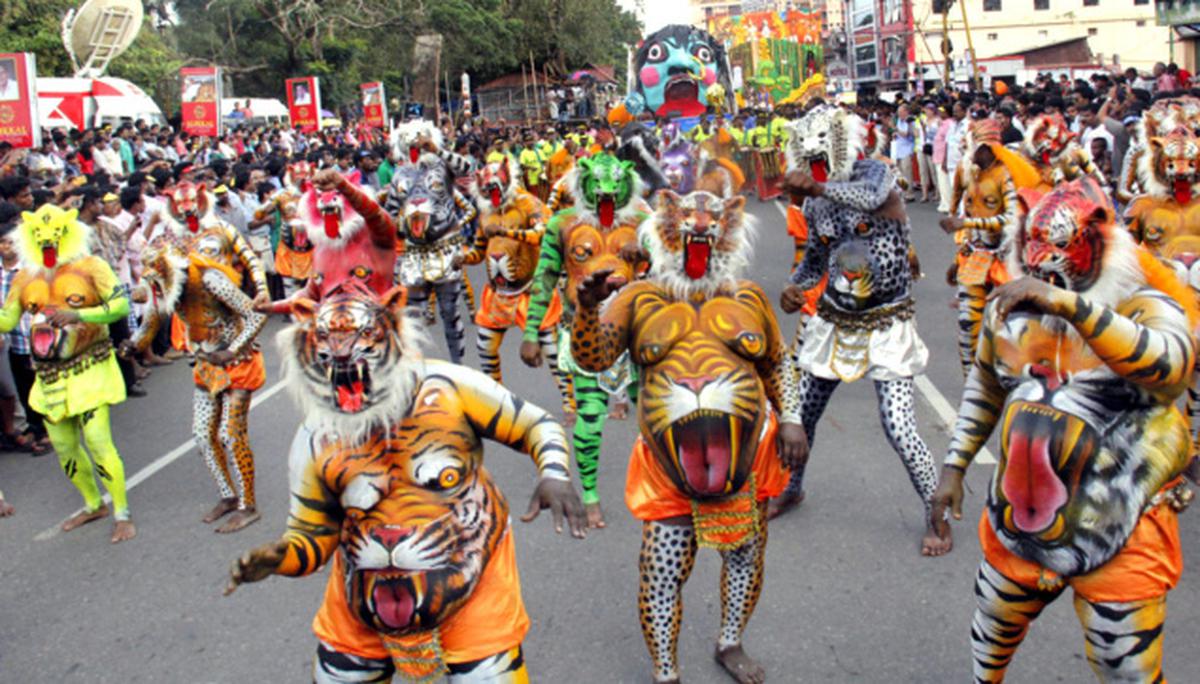
WHY IN NEWS?
Human tigers and leopards performed Pulikkali to finish Onam celebrations.
- Pulikkali dance or tiger dance is a folk art form of Kerala introduced by erstwhile ruler of Cochin, Maharaja Rama Varma Sakthan Thampuran.
- Puli means Tiger and Kali means Play in Malayalam.
- On the fourth day of Onam, artists paint their bodies like tigers and dance to the rhythm of percussion instruments such as thakil, chenda and udukku.
- Main theme of this dance is tiger hunting, participants play the role of tiger and hunter.
Phanigiri Buddhist Artefacts - Telangana

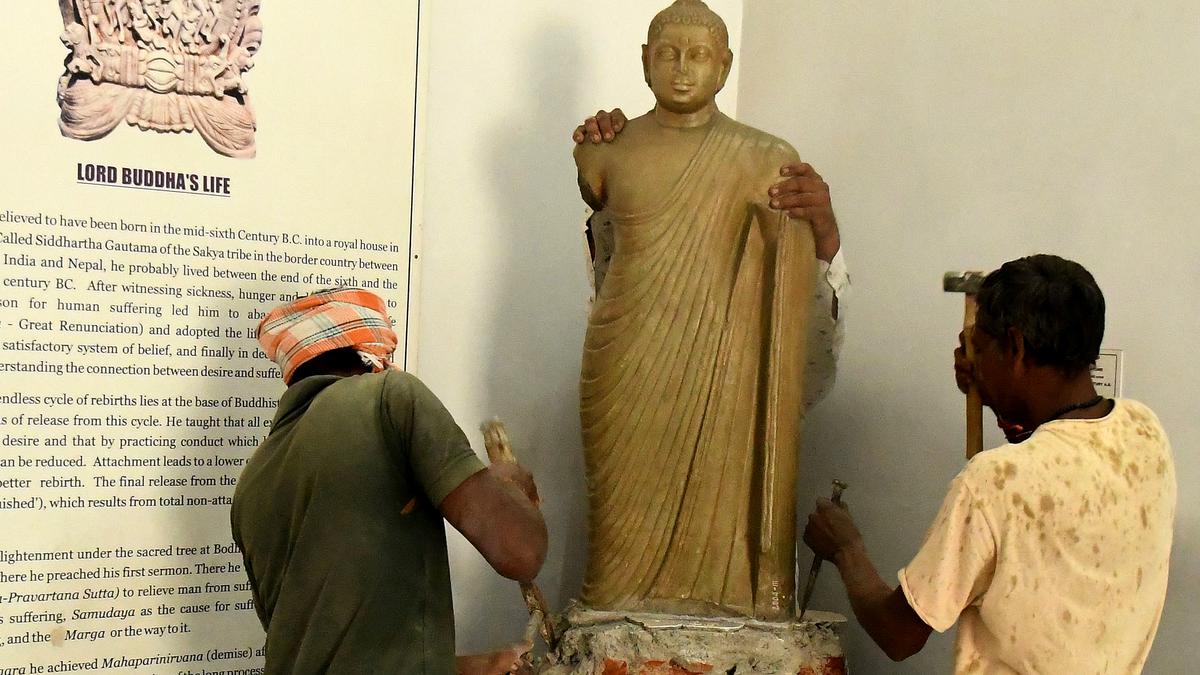

WHY IN NEWS?
The Phanigiri Buddhist artefacts dating from 200 BCE to 400 CE were displayed at the New York Metropolitan Museum of Art.
- Phanigiri means the “hillock of snake hood” and is situated around 150 kms Hyderabad with spiritual significance in Buddhism.
- The findings include a set of Toranas i.e stone gateways displaying both Mahayana and Hinayana schools showing coexistence.
- It also shows evidence of Buddha’s deification and a transition towards ritualism in Buddhism.
The monograph displayed includes an image of the Buddha wearing a Roman toga with limestone carved folds.
- The artefacts from this site, including a limestone carving of Buddha wearing what appears to be a Roman toga, are considered highly important and are now part of the exhibition in New York.
Kolkali Dance - Kerala
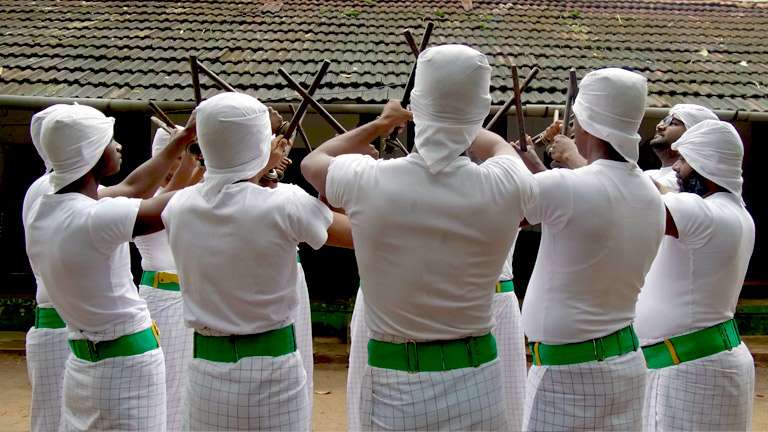
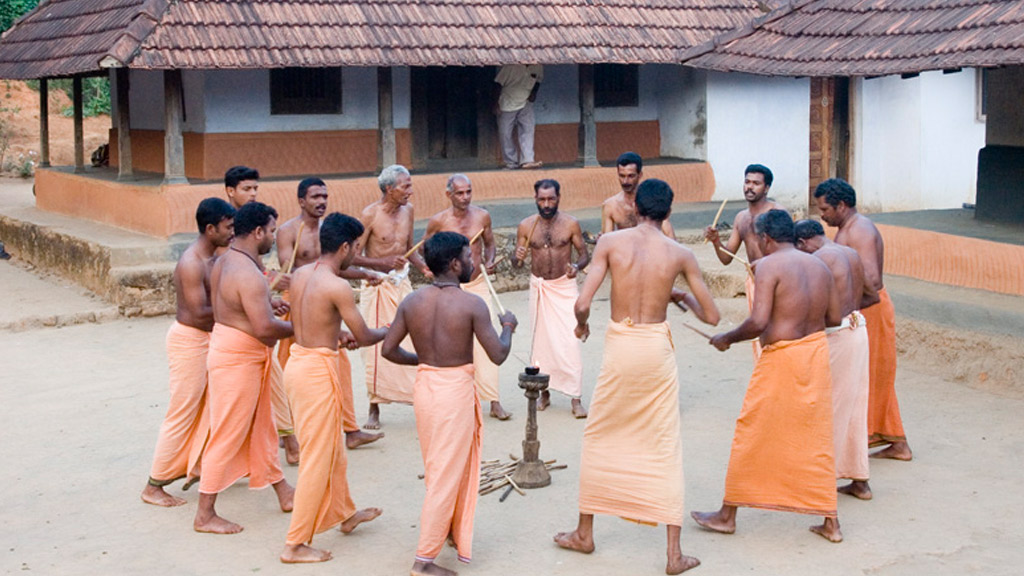
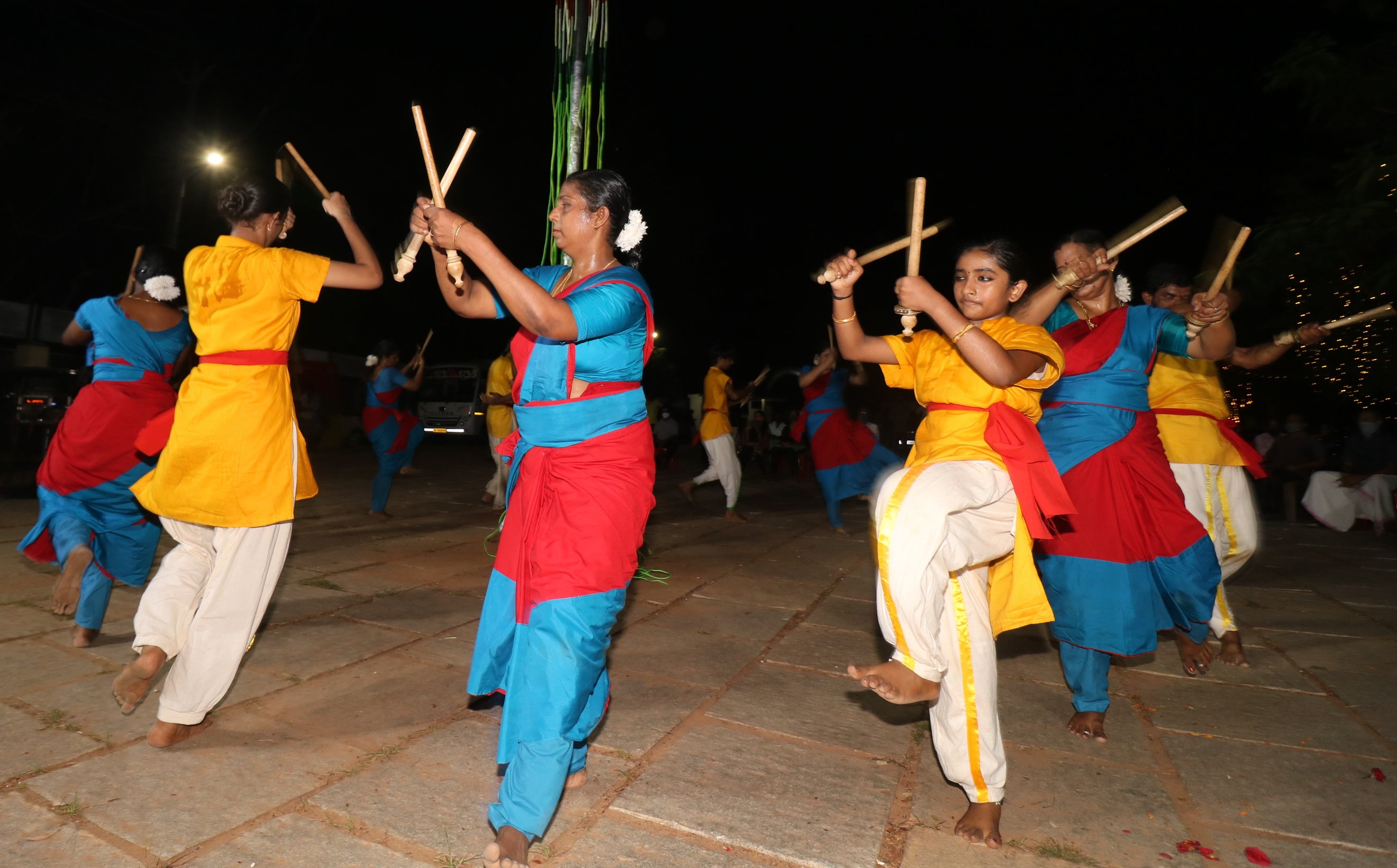
WHY IN NEWS?
Kolkali was performed in remembrance of the arrival of St. Thomas in India, by the mothers’ grouping of the Thrissur Archdiocese.
- Kolkali folk dance is native to the Malabar region in Kerala.
- It involves dancers moving in a circle, using small sticks with rhythmic steps.
- The circular formation is expanding and contracting, with the music intensifying towards the end.
- Its origins are linked to the ancient times of martial art form Kalaripayattu.
- It is a main part of the Kerala School Kalolsavam which is Asia's largest cultural festival.
- The dance has two distinct styles- traditional Kolkali and Thekkan Koladi.
